1. Fast Day
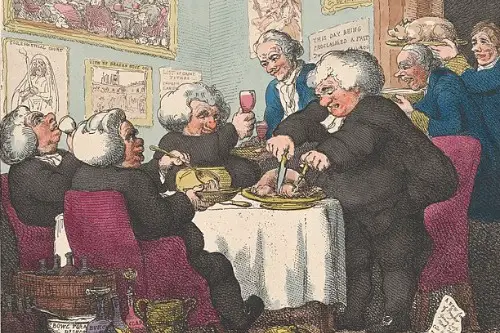
Fast Day was once a significant observance in early American history, especially in New England. Originally rooted in religious practices, it was a day for fasting and prayer, often to seek divine favor in times of drought, war, or natural disaster. While it wasn’t a festive occasion, it was celebrated by many states until the early 20th century, with Massachusetts marking it until 1919. The day was such an important ritual that it became woven into the fabric of community life, with towns coming together to pray for prosperity, Dean Grodzins from the University of Chicago explains.
Eventually, however, Fast Day lost its cultural relevance as the country became more secular and industrialized. Over time, its observance was phased out, replaced by other holidays or simply forgotten altogether. The rise of Thanksgiving, which also has roots in colonial New England and offers a day of reflection, prayer, and feasting, overshadowed Fast Day. Though it never rivaled the Fourth of July in terms of sheer celebration, it was once a day for Americans to pause and reflect on their nation’s well-being.
2. Emancipation Day
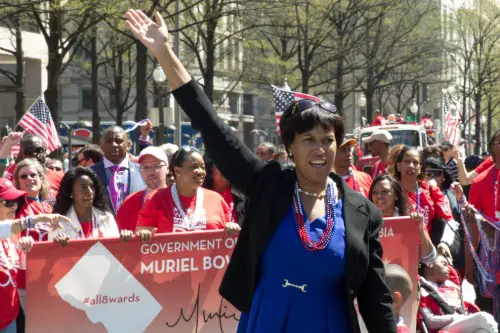
Emancipation Day commemorates the day when President Abraham Lincoln issued the Emancipation Proclamation in 1863, freeing enslaved people in the Confederacy, Elysse Bell from Investopedia explains. This holiday held great significance in the African American community and was celebrated with parades, picnics, and speeches, especially in the years following the Civil War. The holiday saw peak popularity in the late 1800s and into the early 1900s, with some cities such as Washington, D.C., throwing massive celebrations to honor the end of slavery. It was a potent reminder of freedom and equality, themes that resonated deeply with Americans at the time.
However, as the years passed, the holiday lost its prominence, overshadowed by other events like the Fourth of July. Additionally, the increasing focus on other national holidays like Memorial Day and Labor Day led to the fading of Emancipation Day in many places. In more recent years, there has been a revival of interest in the holiday, especially in D.C. where it is still celebrated. The struggle for civil rights and justice in America has brought this day back into the spotlight for some, but it once had a much larger place in national life.
3. Decoration Day
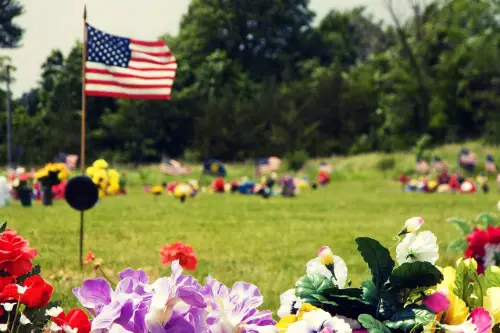
Before Memorial Day became the national holiday we recognize today, Decoration Day was the primary day to honor fallen soldiers, according to David W. Blight from the Zinn Education Project. Established after the Civil War, it was meant to commemorate those who died in the conflict, and families would gather to decorate graves with flowers and flags. The holiday had a solemn, reflective tone and was often marked by local parades and speeches about sacrifice. For many, it was the most meaningful holiday in the spring, as it connected the community to the sacrifice of soldiers in a tangible way.
Over time, however, Decoration Day morphed into Memorial Day and became more about the broader military service rather than specific commemorations of the Civil War. It also became increasingly associated with barbecues, picnics, and the unofficial start of summer. By the mid-20th century, Decoration Day’s original somber tone had been overshadowed by its transformation into Memorial Day. While it was never as festive as the Fourth of July, Decoration Day once held a deeply significant place in American life.
4. Arbor Day
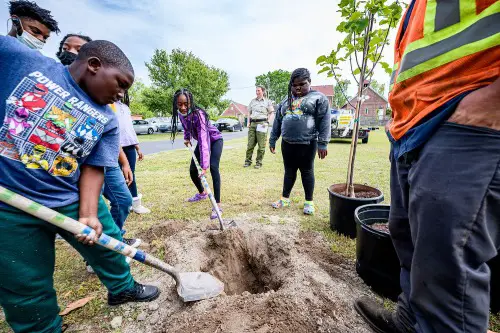
Arbor Day, which began in Nebraska in 1872, was once a bigger event than it is today, according to the Arbor Day Foundation. It encouraged citizens to plant and care for trees, promoting environmental stewardship and helping the nation’s forestation efforts. Early Arbor Days saw enthusiastic participation, with people planting trees across the country and holding tree-planting competitions. The day was viewed as an essential means of making America greener and healthier, especially as industrialization spread.
As the country grew and urbanized, Arbor Day lost some of its original impact. The rise of other environmental holidays, like Earth Day in 1970, led to a decline in Arbor Day’s prominence. Still, the holiday remains a significant event in some parts of the country, especially where local tree-planting initiatives continue to thrive. Though it may not capture the national imagination like the Fourth of July, Arbor Day once had a far-reaching influence on environmental awareness.
5. Labor Day
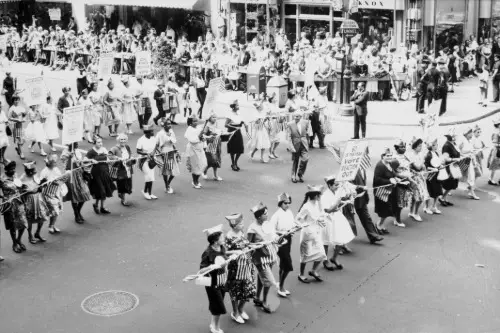
Labor Day, as we know it, wasn’t always the end-of-summer party it has become. The holiday, which celebrates the contributions of American workers, was once marked by mass labor parades and public demonstrations advocating for workers’ rights. In the late 19th century, it was not just a time to rest but to rally for better working conditions and fair wages. The holiday, particularly in cities like New York, was a powerful symbol of solidarity among the working class.
However, as the labor movement gained ground and the economy shifted, Labor Day became less about activism and more about relaxation. By the 20th century, it had become a more casual, less politically charged holiday, often associated with sales and the last hurrah of summer. Today, it’s more about barbecues and shopping than union marches, but it once served as a major day of reflection on workers’ rights. Despite the shift, it was once on par with, if not more significant than, many national holidays.
6. Thanksgiving (Pre-Revolutionary War)
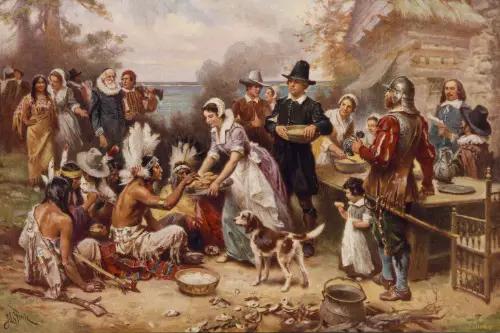
Before Thanksgiving became a national holiday in 1863, it had deep regional significance in various parts of the U.S. Colonists would celebrate thanksgiving feasts to thank God for good harvests or military victories, with New England settlers having the longest tradition. It was a time of prayer, reflection, and community gathering, especially in the 1600s. Despite its roots, Thanksgiving celebrations were often local events and didn’t yet have the broader, unified national significance we associate with it today.
It wasn’t until Abraham Lincoln proclaimed it a national holiday during the Civil War that Thanksgiving became the widely recognized holiday. Before that, other holidays like Fast Day or public feasts around harvest time were celebrated more often and with greater frequency. As Thanksgiving was solidified, it grew in popularity, but it wasn’t always the holiday of turkey and football that it is today. Before its nationalization, Thanksgiving had a much more varied and somewhat sporadic observance.
7. The Day of Mourning
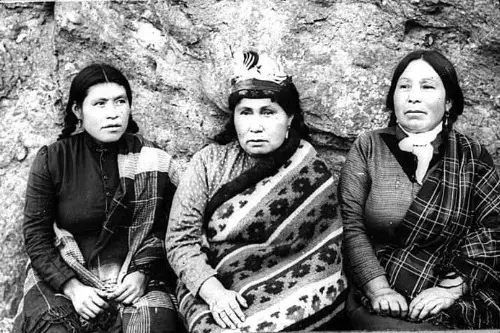
Observed by Native American tribes, particularly in New England, the Day of Mourning originally served as a time to reflect on the impact of European settlement and colonization. The day was marked by solemn gatherings to mourn the loss of land, culture, and life as a result of the settlers’ arrival. This was a deeply spiritual observance, often linked to themes of survival and resilience. Although it wasn’t as widely known by the broader public, it had an important place in Native American communities.
Though the Day of Mourning was never a widely recognized national holiday, it held a crucial place in the cultural identity of many Native American communities. Over time, it evolved into a protest day against the traditional Thanksgiving celebrations, highlighting the contrast between the narrative of national unity and the historical suffering of indigenous peoples. While it never rivaled the Fourth of July, it served as a stark reminder of the deeper, often overlooked history of American expansion.
8. Whipping Day
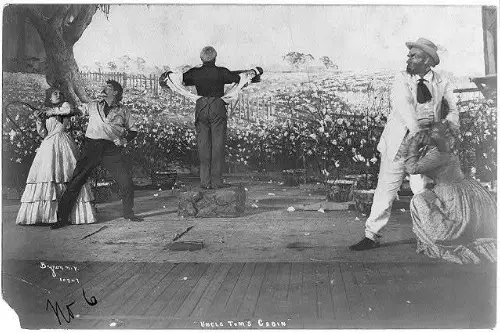
Whipping Day, also known as the “Whipping Post Day,” was a public event celebrated in parts of New England in the 18th and 19th centuries. The holiday involved public punishment for individuals who had committed lesser crimes, typically involving physical punishment like whipping or branding. While this may seem shocking to us now, it was once an accepted form of justice and a public spectacle. The event was deeply ingrained in the culture of colonial New England and was marked by large gatherings of townspeople.
As the United States moved away from corporal punishment in the 19th century, Whipping Day gradually faded out of existence. It was replaced by a more formalized legal system and the celebration of other more positive holidays. Whipping Day might sound barbaric by today’s standards, but it was once a much-anticipated event in certain communities. The fact that such an event was considered festive enough to become a tradition shows how different societal norms were.
9. George Washington’s Birthday
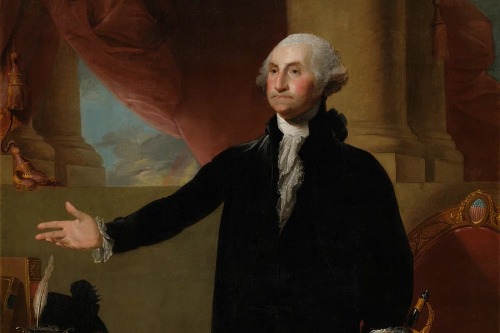
George Washington’s Birthday was once celebrated with far more fanfare than it is today, particularly in the 19th century. Washington was the first president of the United States, and his birthday was a major national event marked by speeches, parades, and ceremonies. Communities across the country would gather to honor the man who was considered the “Father of the Nation,” and it was often viewed as a more personal holiday than the Fourth of July. His birthday symbolized national unity and pride in the fledgling republic.
Over time, George Washington’s Birthday began to lose some of its importance as the nation became more diverse, with other figures and events taking precedence. The rise of Presidents’ Day, which now honors all U.S. presidents, further reduced the individual significance of Washington’s birthday. By the mid-20th century, it had become less of a distinct celebration and more of a day for sales and leisure. While it might not be as widely celebrated now, George Washington’s Birthday once held the national spotlight.
10. Inauguration Day
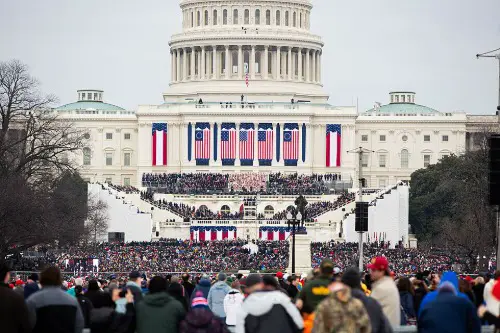
Inauguration Day was once a day of grand celebration that rivaled Independence Day. Held every four years on March 4th (before the 20th Amendment changed the date to January 20th), it marked the peaceful transfer of power in the U.S. government. It was an occasion for massive parades, ceremonies, and public gatherings to honor the nation’s newly elected leader. People from all walks of life would join in celebrating democracy’s victory, making it a deeply unifying event.
As the years went by, Inauguration Day became less of a nationwide celebration and more of a political event. Although it still holds importance, it’s now mostly a formal occasion centered around the inauguration itself, rather than a massive public holiday. The shift in how the day is marked reflects the growing divisiveness in U.S. politics. While it once brought the entire country together, it’s now largely a ceremonial event reserved for political elites.
11. The Fourth Monday in October

Once, the Fourth Monday in October was celebrated as a day of rest, primarily in agricultural communities, when families would take a break from their harvest labor. It was a day for reflection and community gatherings, often involving simple, rural celebrations and gratitude for a bountiful harvest. The holiday wasn’t officially recognized across the entire country, but it was a widespread tradition in some regions. People would spend the day preparing for the cold winter months ahead, sharing meals, and enjoying company.
Eventually, this day lost its significance as more people moved into cities and industrialized work took precedence over agrarian life. Over time, the day faded, and other national holidays grew in prominence. Today, the Fourth Monday in October is often forgotten, overshadowed by Halloween and other fall traditions. Despite its decline, it once held a vital role in rural American life and was crucial for families’ cultural bonding.
12. Old Home Week
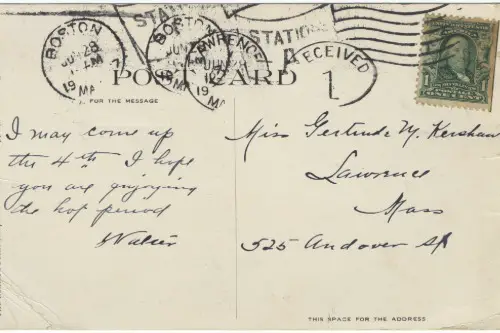
Old Home Week, especially popular in the late 19th and early 20th centuries, was a celebration of a town or region’s founding and history. Communities would invite people who had moved away to return and reconnect with their roots. These reunions were packed with parades, concerts, speeches, and more, making them a central part of community life. It was an opportunity to celebrate local pride, and for many, it became an unmissable tradition.
However, as transportation became more accessible and Americans moved for job opportunities, Old Home Week lost its original draw. The focus shifted from local pride to national holidays as people’s identities became more defined by larger, national movements rather than regional ones. Today, Old Home Week has been largely replaced by other local celebrations, though some smaller towns still hold these reunions. While not a massive national celebration, Old Home Week was once a powerful force in fostering community spirit.
13. Patriot’s Day
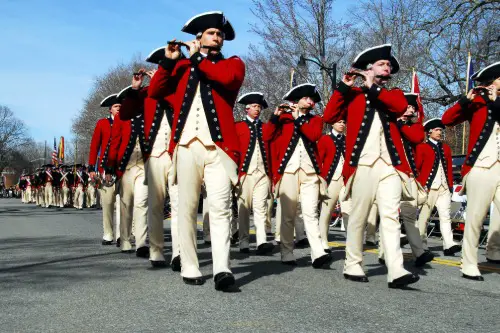
Patriot’s Day, observed on April 19th, commemorates the battles of Lexington and Concord, the first major conflicts of the Revolutionary War. This day was widely celebrated in Massachusetts, particularly in Boston, with reenactments of the famous “shot heard round the world” and other patriotic events. The holiday symbolized the birth of American independence, marking the beginning of the nation’s fight for freedom. People gathered to honor the bravery of the early revolutionaries and reflect on the courage it took to stand against the British.
Over time, however, Patriot’s Day became more localized, with Massachusetts being the main state to keep the tradition alive. The day became less of a national affair and more of a state holiday, with other places placing less emphasis on it. Today, it is mainly remembered for its connection to the Boston Marathon, but it once held broader significance. Though overshadowed by the Fourth of July, Patriot’s Day was a key early commemoration of American independence.


